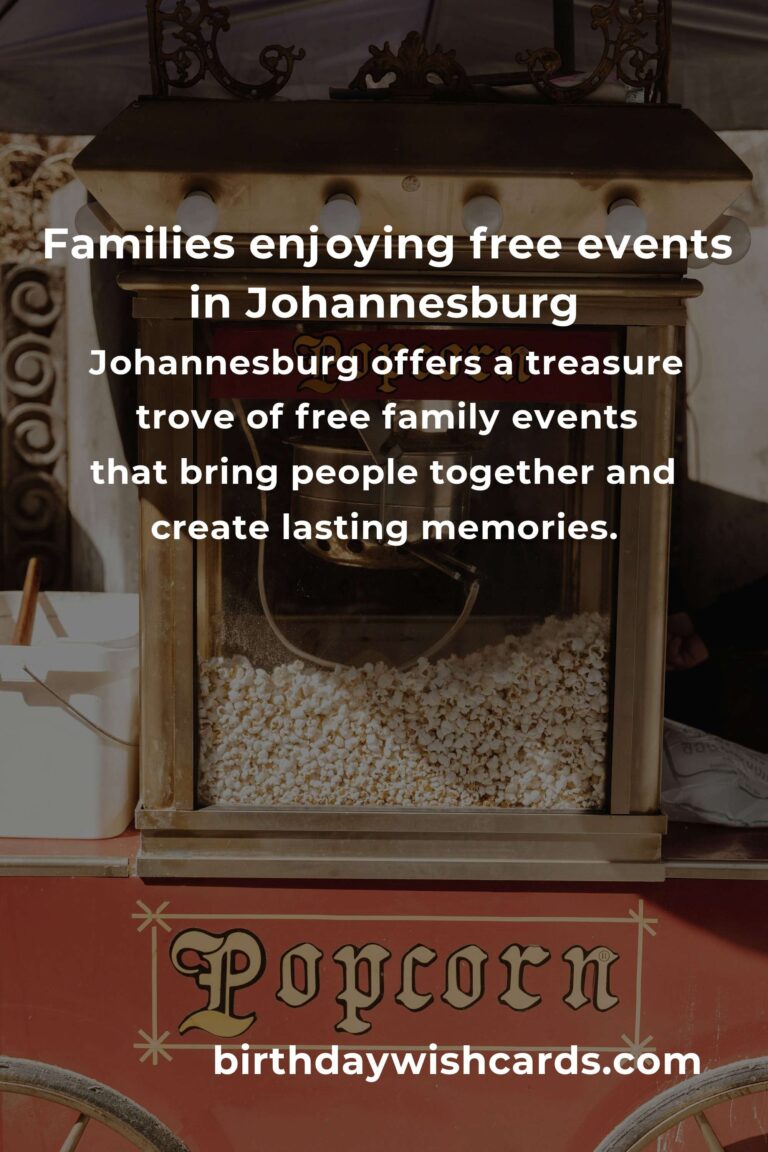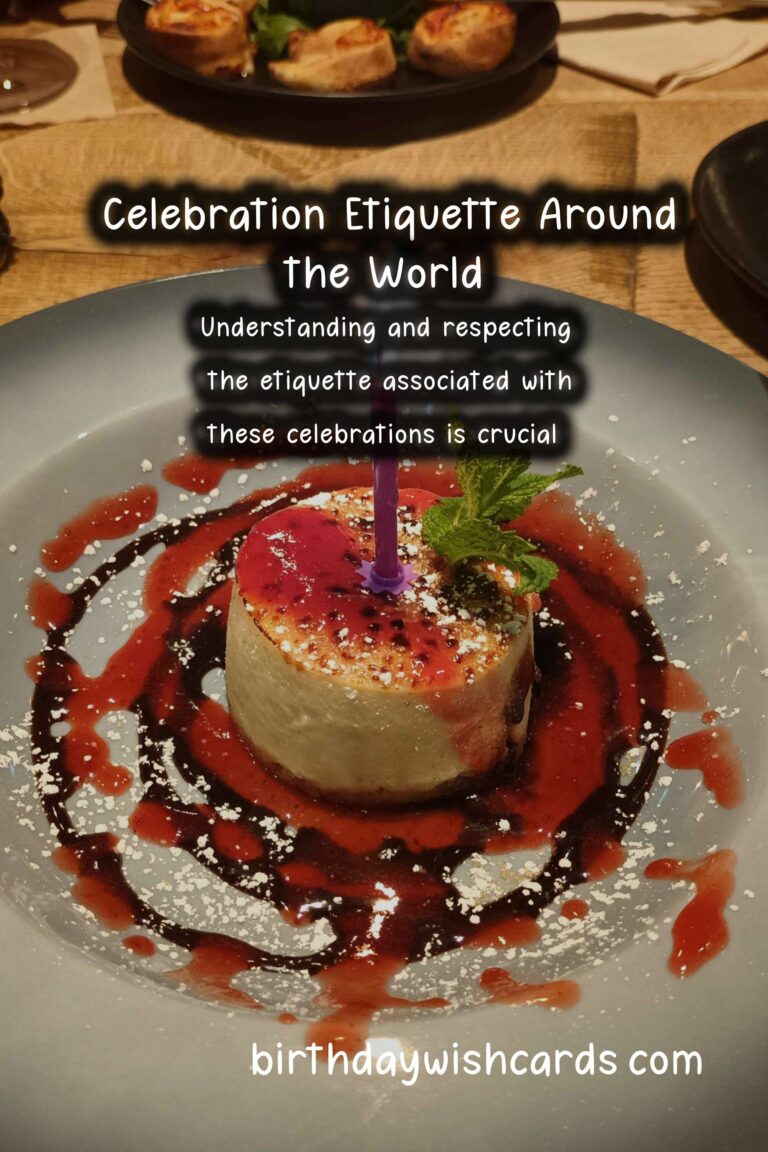
Celebrations are a universal aspect of human culture, bridging divides across continents, languages, and customs. From lavish weddings to simple family gatherings, every society has its unique way of marking important milestones. Understanding and respecting the etiquette associated with these celebrations is crucial, especially in our increasingly globalized world. In this article, we will explore celebration etiquette from various cultures, offering insights that can help you navigate social occasions with grace and understanding.
The Importance of Celebration Etiquette
Etiquette is a set of conventional rules that governs social behavior. In the context of celebrations, it encompasses the manner in which individuals should behave, communicate, and participate. It reflects respect for the hosts, the traditions being celebrated, and the attendees. Adhering to celebration etiquette not only fosters goodwill but also enriches your experience and understanding of diverse cultures.
1. Weddings: A Joyous Union Across Cultures
Weddings are perhaps the most prominent celebrations worldwide, each culture infusing the event with its unique rituals and customs.
Indian Weddings
In India, weddings often span several days and involve various ceremonies, each with its own significance. Guests are expected to dress in vibrant attire and participate actively in celebrations such as Mehendi (henna application) and Sangeet (musical night). It is customary to bring gifts for the couple and be prepared for a feast that often includes elaborate dishes.
Japanese Weddings
In contrast, traditional Japanese weddings might include the Shinto ceremony, where the couple offers prayers to the kami (spirits). Guests are expected to give envelopes containing cash called ‘shugi-bukuro’ as a token of good luck. Dressing conservatively is also important, with women often wearing kimonos and men wearing suits.
2. Birthdays: Celebrating Individual Milestones
Birthday celebrations vary greatly around the world, reflecting cultural values and traditions.
Mexican Birthdays
In Mexico, birthdays often involve a Piñata filled with candies and toys. The celebrant is blindfolded and takes turns with guests to break the Piñata. Guests usually bring gifts, and it’s polite to avoid discussing someone’s age, especially for women.
Italian Birthdays
In Italy, milestone birthdays like the 18th and 21st are celebrated with significance. Friends typically gather for a dinner or party, and it’s customary for the honored person to treat their guests, showcasing generosity.
3. Holidays: Universally Celebrated but Uniquely Observed
Holidays offer another window into cultural values and etiquette.
Christmas Around the World
In the United States and Canada, it’s common to exchange gifts and celebrate with a festive meal. In contrast, in Ethiopia, Christmas (Genna) is celebrated with a day of fasting followed by a traditional dinner. Understanding these differences helps foster respect and appreciation during cross-cultural interactions.
Ramadan and Eid
During Ramadan, Muslims fast from dawn until sunset, leading to the joyous celebration of Eid al-Fitr. It’s a time for giving to charity and community gatherings. Guests are expected to dress modestly and observe the customs of the host’s culture.
4. Grief and Mourning: Celebrating Life and Honoring Memory
Celebrations are not always joyful; they can also encompass mourning and remembrance. Different cultures have specific practices for honoring the deceased.
Mexican Día de los Muertos
This holiday, celebrated on November 1st and 2nd, welcomes back the spirits of the deceased for a reunion with their families. Altars are decorated with photos, food, and drinks, and it’s a time of celebration rather than sadness. Understanding this helps outsiders appreciate the profound respect that this culture has for life and death.
Jewish Mourning Practices
In Judaism, the mourning period known as ‘Shiva’ lasts seven days following a death, where family and friends visit to offer condolences and support. Attendees should be respectful, offering thoughtful condolences rather than trying to uplift spirits immediately.
Conclusion: The Soul of Celebration Etiquette
Celebration etiquette around the world reflects the values, history, and beliefs of different cultures. By learning and respecting these customs, we open doors to deeper connections and cultural appreciation. Whether you are attending a wedding in India, a birthday party in Mexico, or a holiday feast in Japan, understanding the nuances of celebration etiquette can enhance your experience and help you to forge meaningful relationships.
So, the next time you find yourself in a cross-cultural setting, remember the importance of respect, awareness, and adherence to the customs of those around you. After all, celebrating life’s milestones together is what truly unites us.
Celebrations are a universal aspect of human culture. Understanding and respecting the etiquette associated with these celebrations is crucial. 
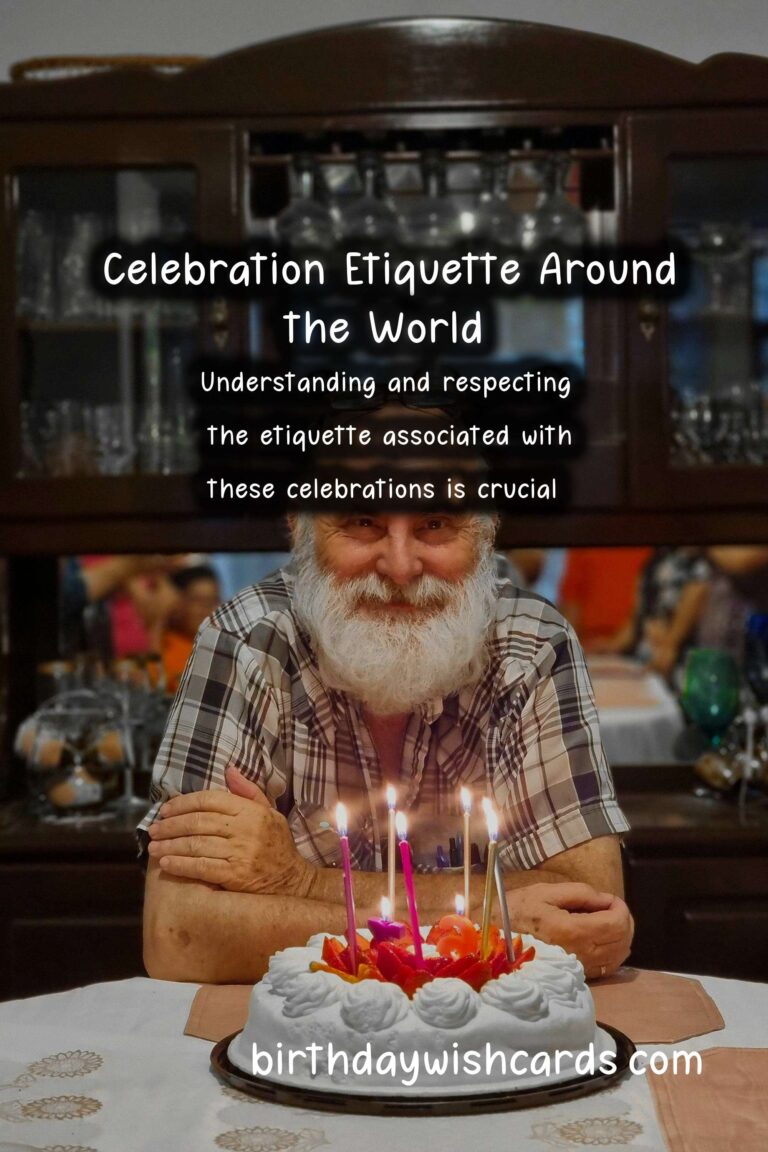
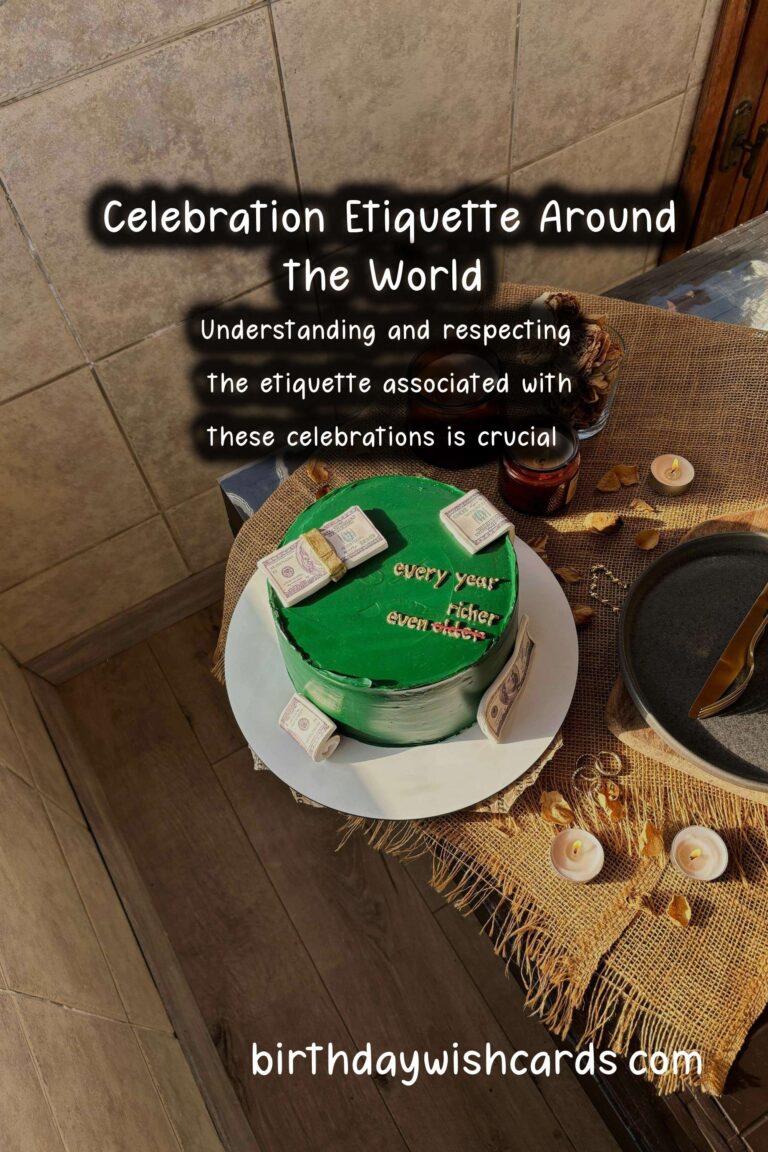
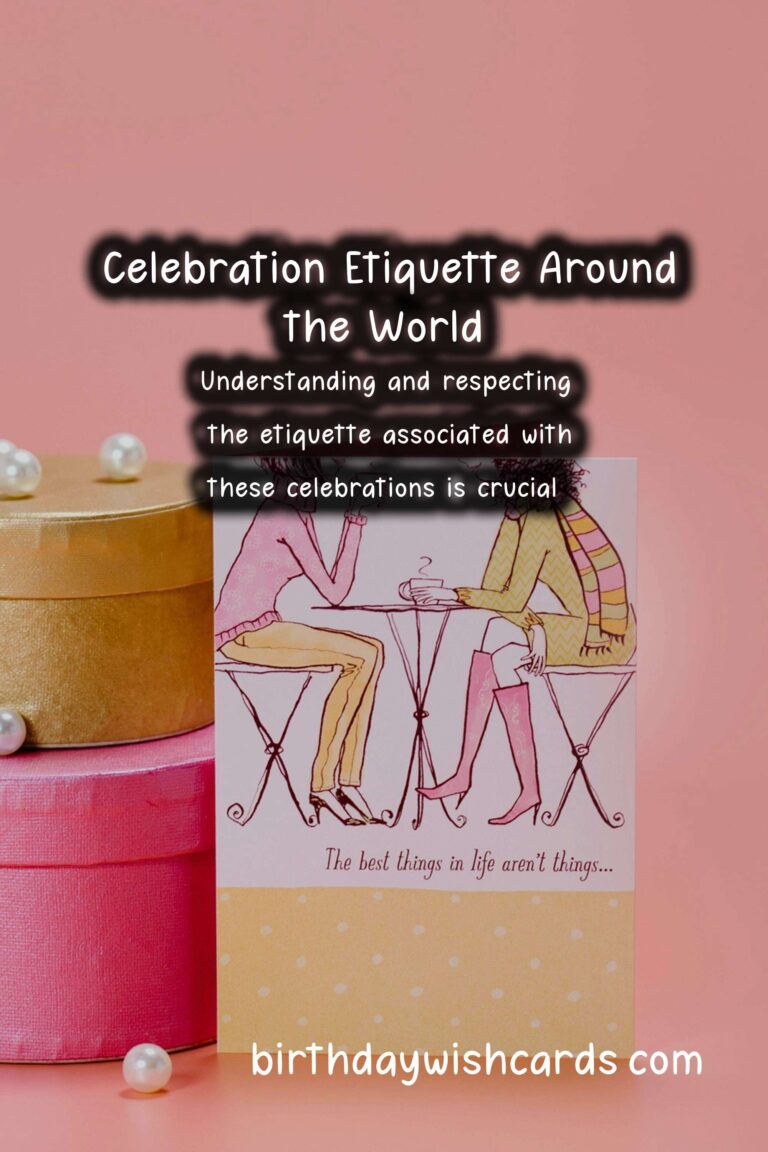
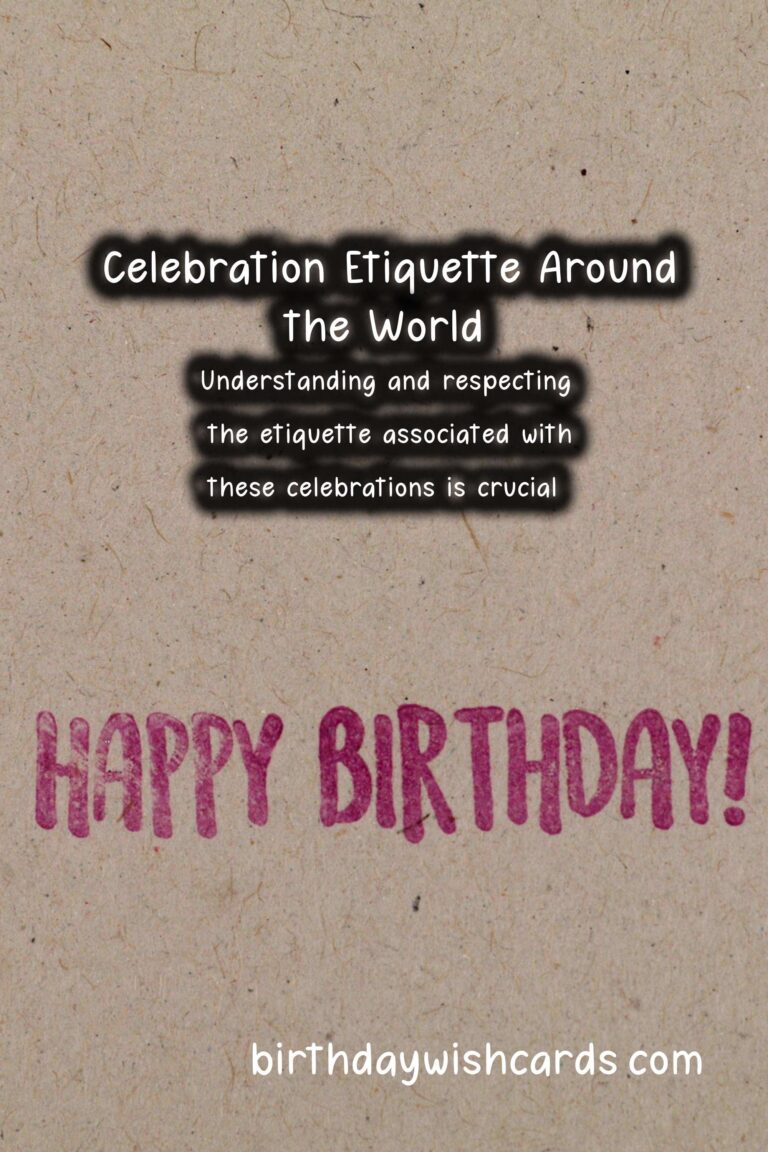
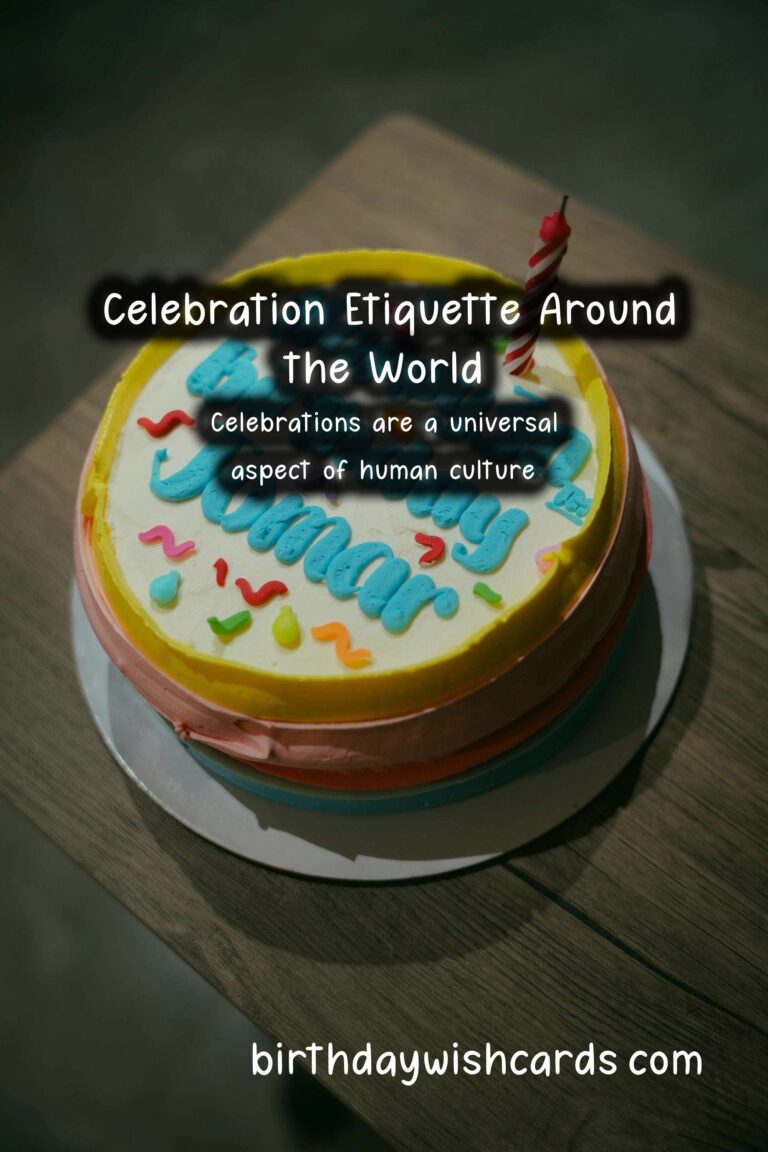
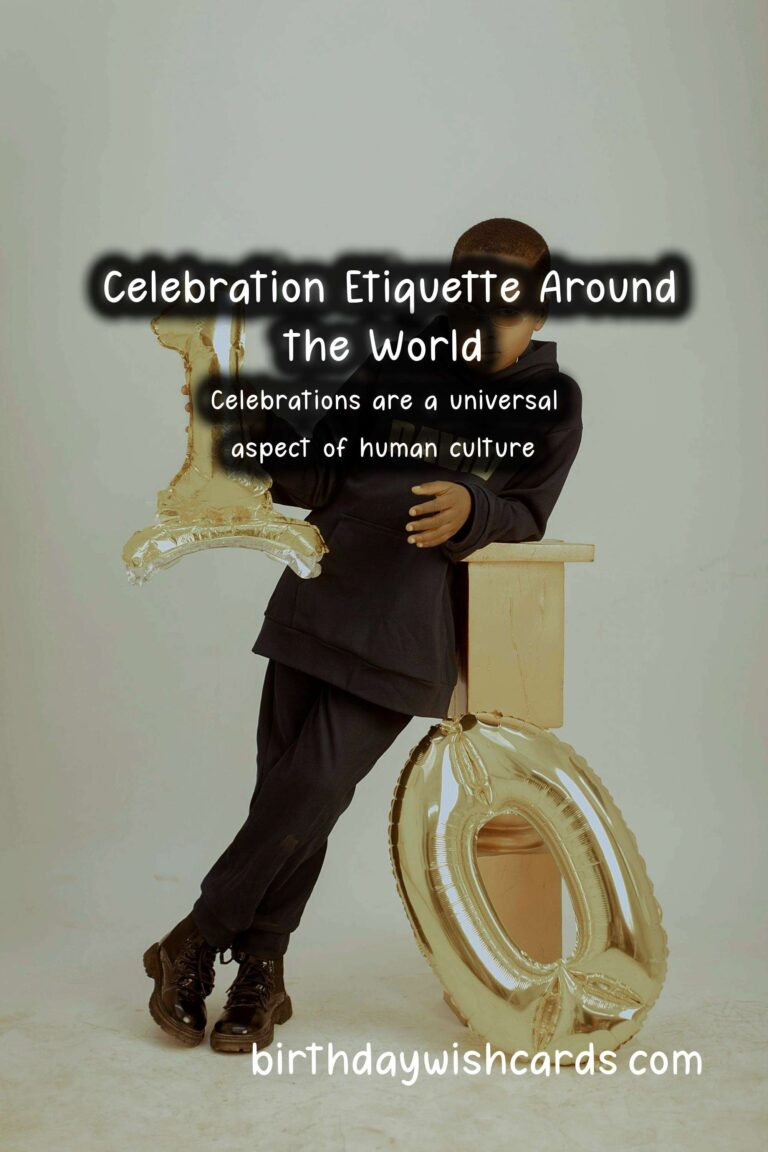
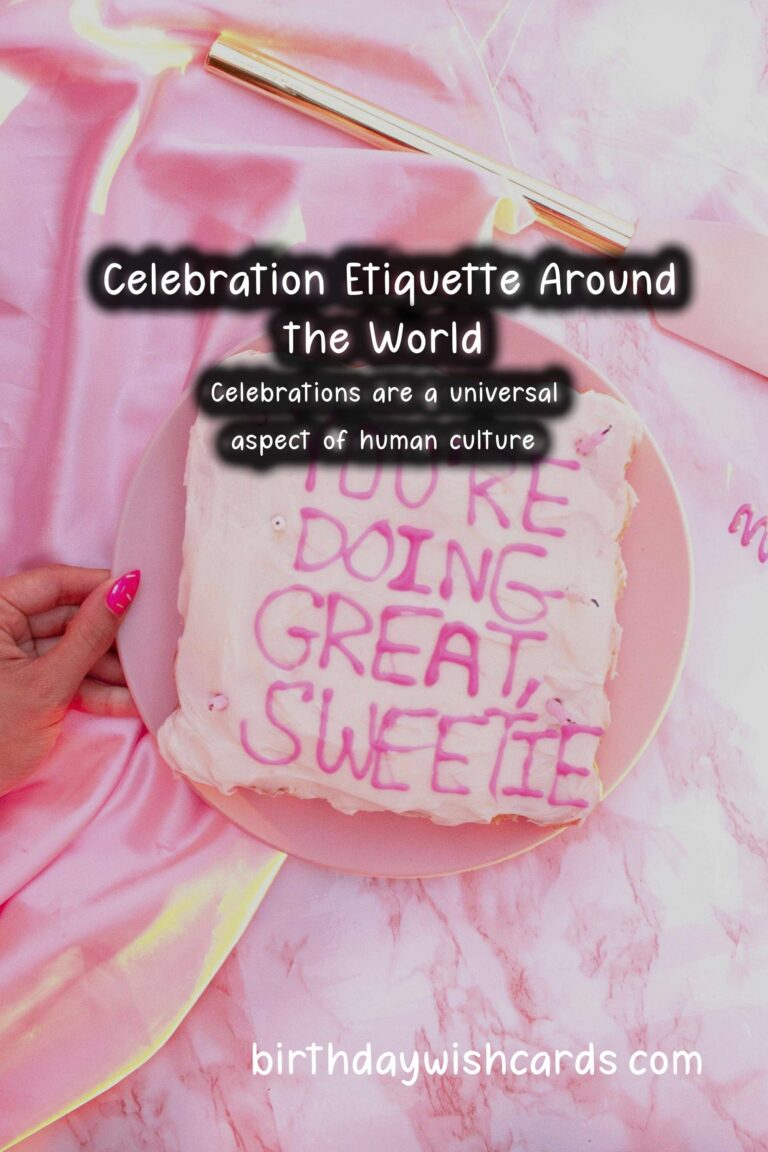
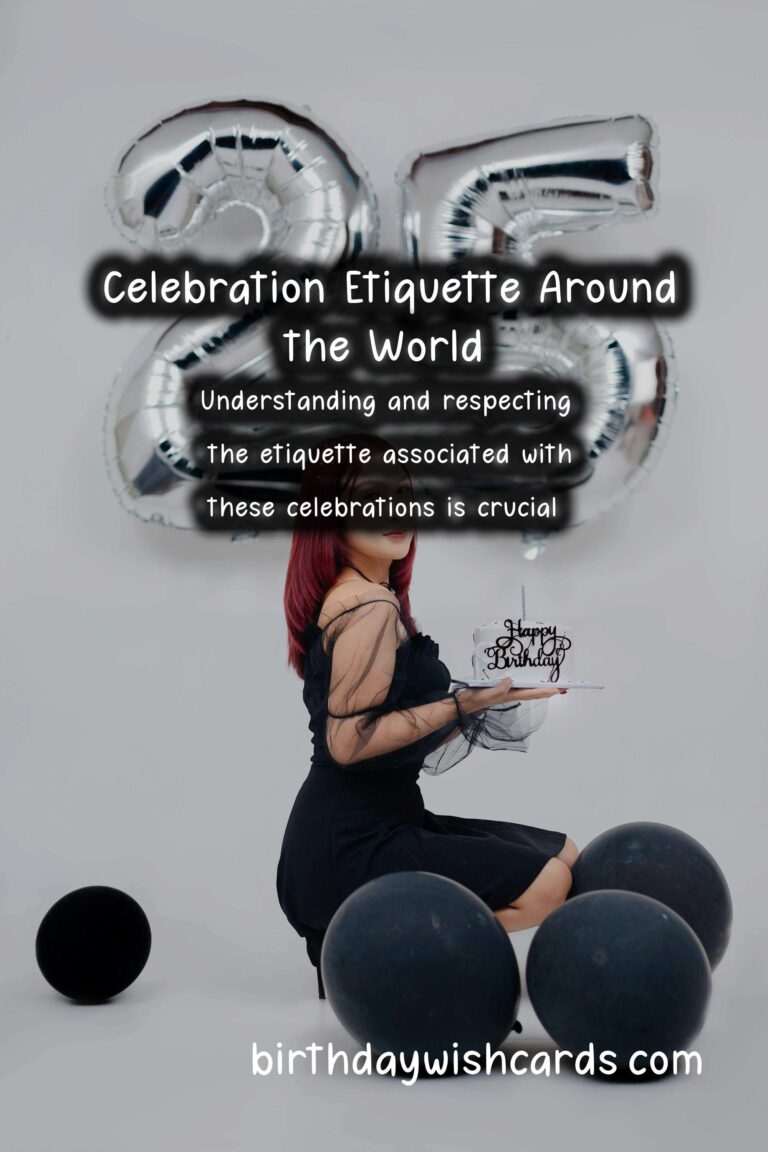
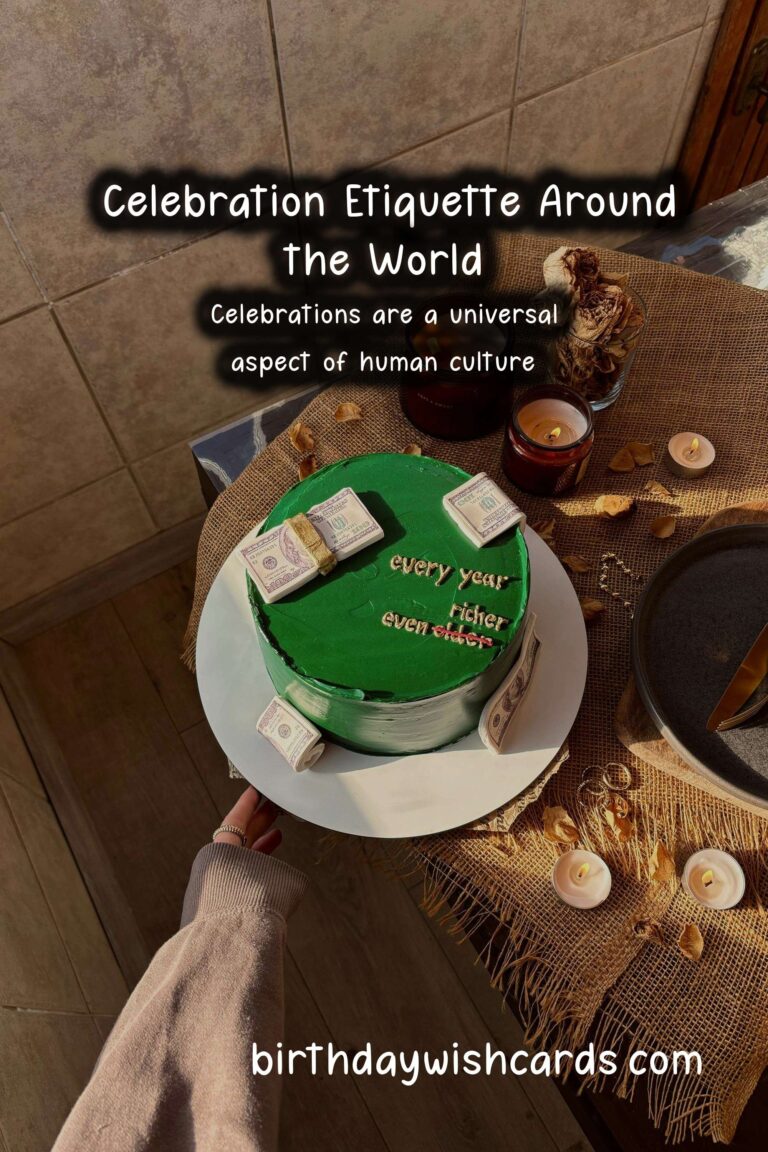
#CelebrationEtiquette #CulturalDiversity




